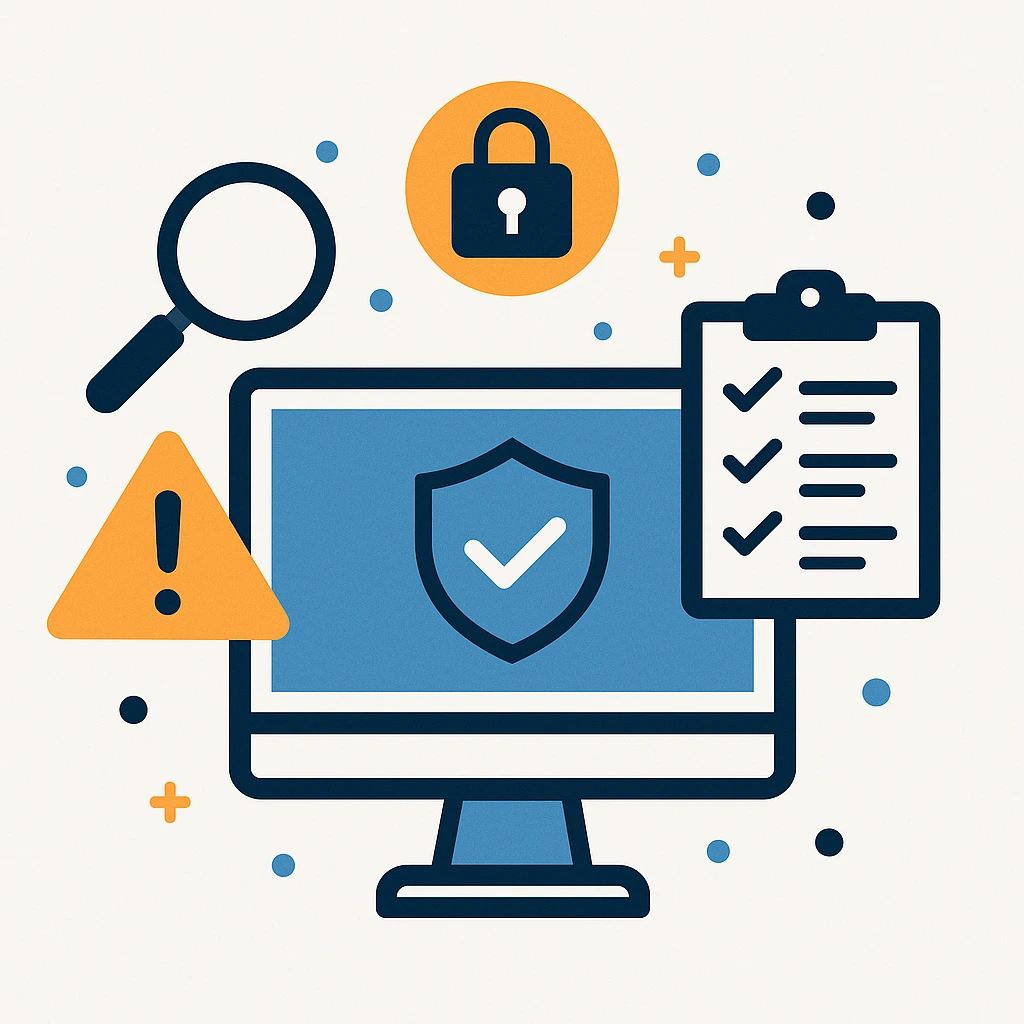
Penetration testing is woven into SOC 2 because modern systems face complex, evolving threats that audit criteria alone cannot fully reveal. SOC 2 focuses on protecting client data across five trust service criteria, and testing demonstrates that defenses hold against real attack techniques. By simulating a cyber attacker, organizations uncover gaps in access controls, configurations, and monitoring before a breach occurs. Pen tests also help validate incident response readiness, logging, and evidence collection, which auditors scrutinize during exams. When teams understand how attackers think, they can prioritize remediation, reduce mean time to detect, and demonstrate continuous improvement to customers who entrust sensitive information to their services.
Additionally, SOC 2 requires a risk assessment and ongoing control testing. Penetration testing informs scope definitions, helping teams avoid overreaching or missing critical interfaces. It also demonstrates due diligence to customers and business partners by showing that third parties are subject to the same rigorous scrutiny as internal teams. Regular engagements keep threat models up to date and support continuous monitoring, change management, and secure software development practices.
In short, testing turns policy into measurable security outcomes aligned with trust service criteria.
Mapping controls to testing scopes is the backbone of a SOC 2 penetration testing engagement. It starts with clarifying the Trust Services Criteria that apply to your organization—typically Security as the umbrella, with considerations for Availability, Confidentiality, Privacy, and Processing Integrity as relevant. From there, testers translate each control into concrete testing objectives, coverage requirements, and observable evidence.
A risk-based approach helps prioritize scope by focusing on systems, data flows, and high‑impact interfaces that threaten confidential information or operational resilience. During scoping, map each control to specific test types—network and application layer assessments, identity and access management reviews, configuration reviews, and change-management verification—so the testing plan aligns with real-world attack paths. Document all assumptions, exclusions, and testing windows to avoid scope creep.
Use a control matrix to link controls to tests, artifacts, and pass/fail criteria, ensuring consistency across internal audits and external assessments. Clear traceability enables auditors to see how controls are exercised, the evidence grade, and any compensating controls.
Finally, revisit the mapping after remediation cycles to ensure new or modified controls remain testable and aligned with evolving threats and regulatory expectations. This iterative discipline supports ongoing assurance and smoother audits by maintaining current mappings and evidence trails consistently.
Documentation and evidence play a central role in SOC 2 penetration testing narratives. Auditors assess how your team discovers, documents, and remediates vulnerabilities that impact the security and availability trust criteria. To prepare, align the penetration test plan with the stated scope, controls, and zero-trust assumptions, and preserve a clear rules of engagement. Provide a detailed methodology that maps each finding to a control objective, a risk rating, and a remediation timeline.
Evidence should be organized, chronological, and tamper-evident, including test plans, screenshots, scan reports, manual testing notes, and the final pentest report. Retests and verification results demonstrate closure and sustained controls over time. Maintain an immutable audit trail by exporting logs from testing tools, change-management tickets, asset inventories, and configuration baselines.
Evidence granularity matters: auditors prefer reproducible artifacts, test data anonymization where required, and independent reviewer sign-off. Packaging evidence into a cohesive packet that links issues to severity, remediation status, and responsible owners helps reduce audit duration. Regular internal reviews before external audits improve accuracy, reduce surprises, and demonstrate ongoing commitment to SOC 2 principles throughout the year. Document retention policies should specify the retention period, data sanitization routines, and access controls for auditors reviewing artifacts during site visits.